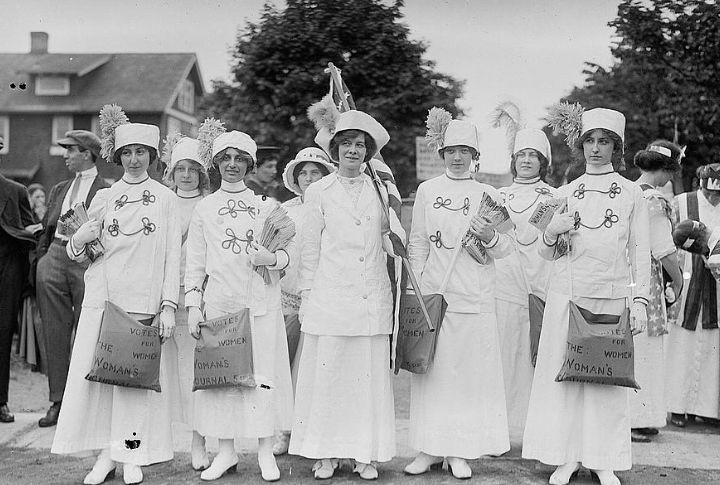
Feminism hasn’t just marched through history—it’s danced, argued, reinvented itself, and sometimes clashed with its own reflection. Each wave arrived with fresh energy and sharper demands, reshaping society in ways big and small. Think of it less like a straight line and more like tides that keep pushing forward.
The Fight For Women’s Votes Begins
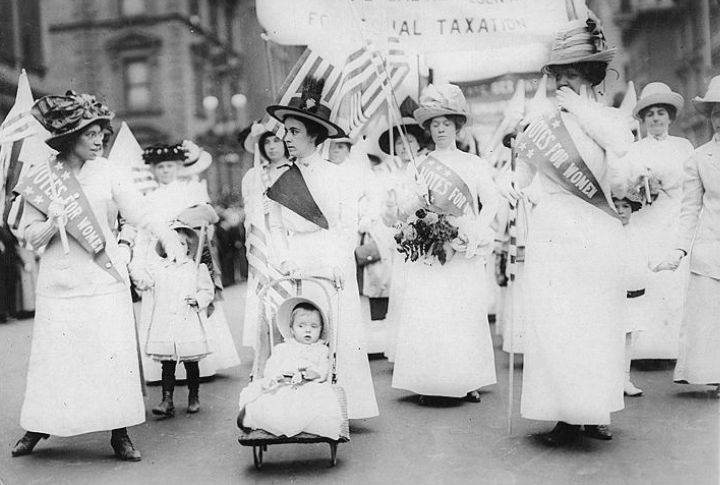
In the mid-1800s, the women’s suffrage movement gained momentum, with the 1848 Seneca Falls Convention marking a turning point. Leaders like Ida B. Wells worked tirelessly to unite women across communities. And after decades of determination, the 1920 ratification of the 19th Amendment finally secured voting rights for American women.
Pushing Beyond The Ballot
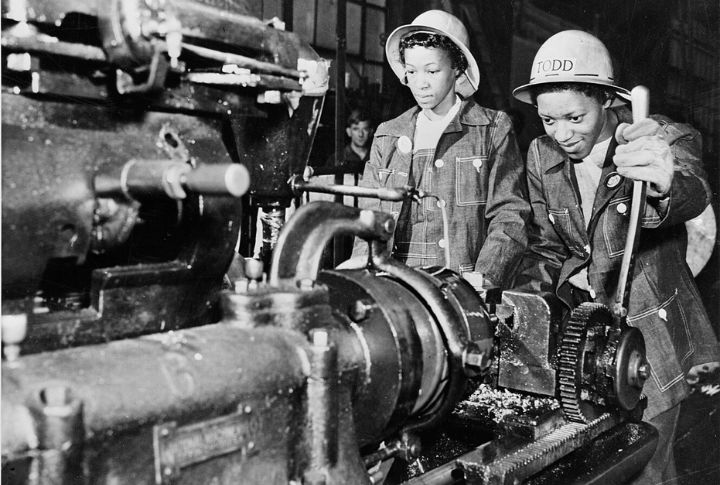
With the right to vote achieved in 1920, women quickly turned to new goals by seeking equal access to education and public office. During WWII, many even stepped into roles men once held. Meanwhile, the League of Women Voters influenced policy through determined civic participation.
Second Wave Sparks In The 1960s
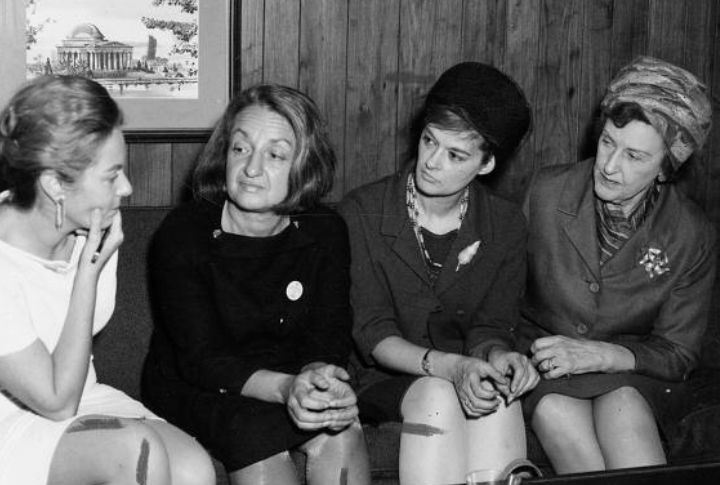
Betty Friedan’s book, “The Feminine Mystique,” in 1963, reignited debates about women’s roles by inspiring change. Soon after, the National Organization for Women was formed in 1966, which fought for workplace equality and reproductive rights. By 1972, Title IX became law by banning discrimination in federally funded education programs.
The ERA And A Divided Debate
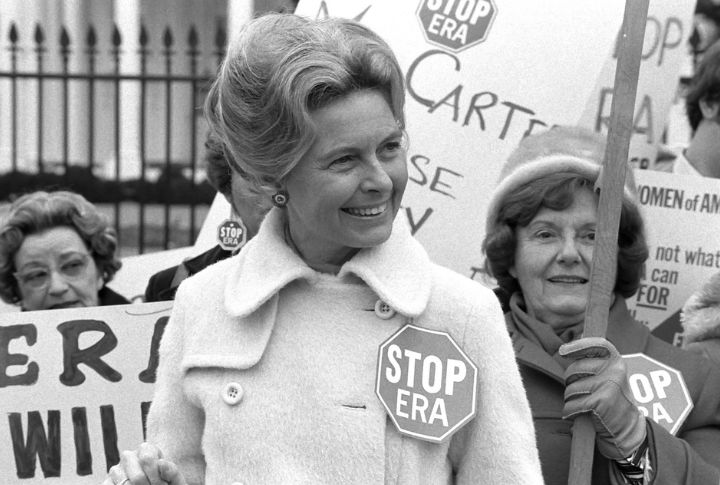
The Equal Rights Amendment moved forward in 1972 after passing through Congress. Its promise of full legal equality stirred passionate reactions—backers embraced it as progress, while critics feared it might erase existing safeguards. That controversy also became a defining flashpoint in the history of feminist activism.
Intersectionality Redefines Feminism
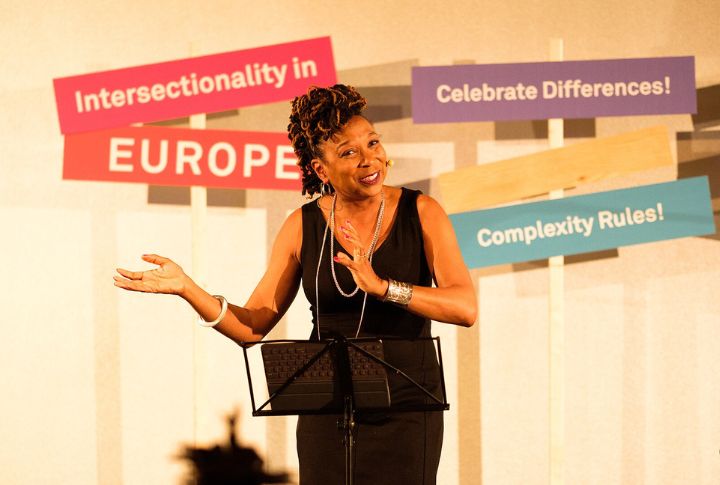
In the 1970s, women of color, LGBTQ+ activists, and working-class advocates called for greater inclusivity. Groups like the Combahee River Collective set powerful examples. By 1989, Kimberle Crenshaw’s term “intersectionality” gave a name to overlapping struggles, which helped feminism evolve into a broader, more representative movement.
Third Wave Embraces Individual Expression
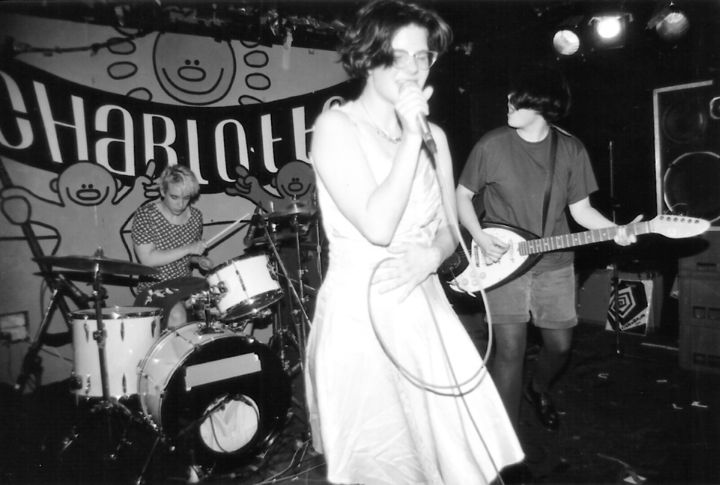
The third wave of feminism took hold in the 1990s, bringing a focus on choice, expression, and identity. Instead of one definition of womanhood, there were many. Riot Grrrl bands turned music into a loud form of protest, weaving art and activism together to fuel the movement’s creative, rebellious spirit.
Digital Platforms Ignite A Fourth Wave

The rise of online spaces revolutionized activism, as it enabled rapid mobilization and fostered global conversations about harassment and abuse. Digital platforms further opened opportunities for diverse voices to participate. Even campaigns such as #MeToo and Time’s Up surged in 2017, and they showed how social media could spark real-world change.
Global Solidarity Gains Strength
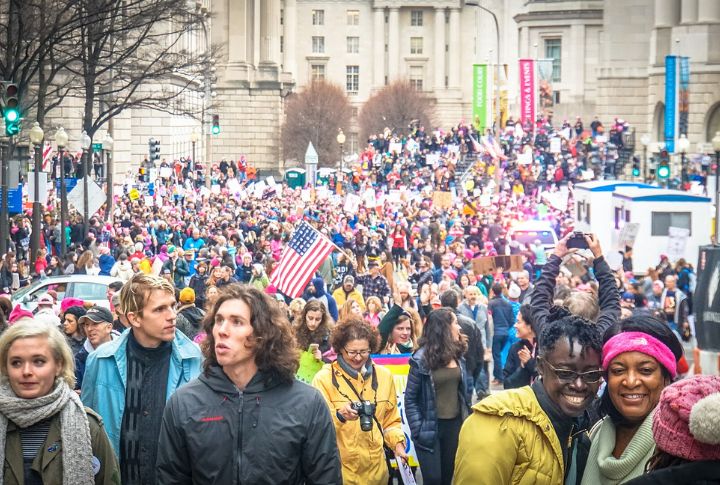
Global feminism gained fresh momentum as UN Women promoted gender equality in policy and development. In addition, cross-border partnerships linked causes such as education and protection against violence. The 2017 International Women’s March also brought together millions across continents in one of the largest demonstrations for women’s rights.
Men As Allies In Modern Feminism
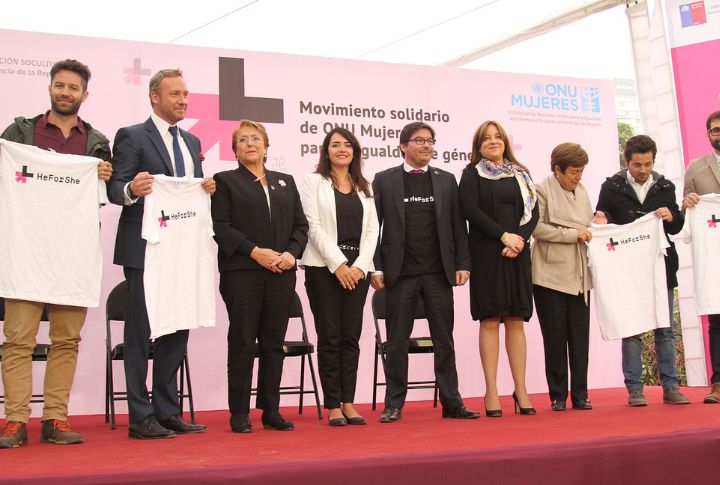
Men are stepping into active roles in feminism, with leaders in politics and business advocating for workplace equity. This allyship also tackles harmful masculinity norms. In fact, campaigns like HeForShe, launched by UN Women in 2014, highlight men’s growing influence in driving gender equality.
Emerging Frontiers In Feminist Activism
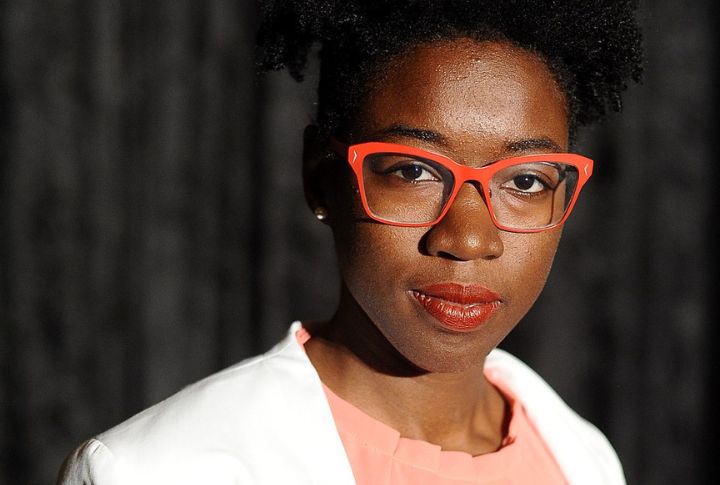
Feminist voices now shape discussions on technology and science. Furthermore, new priorities include efforts to fight AI bias and address reproductive technology ethics. Younger activists connect gender equality with broader social justice movements, and this drives feminism into dynamic and uncharted territory.
